
|
|
|
|
|
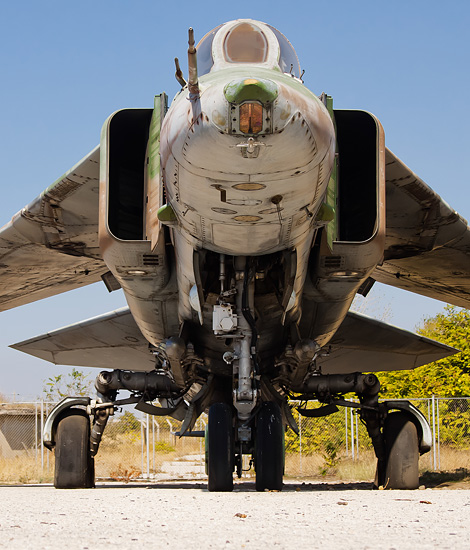
|
Mikoyan-Gurevic MiG-23 Flogger; Graf-Ignatievo, October 6, 2012
The Bulgarian MiGs, part 2; Text and Photograph's by Alex van Noye
Also the MiG-23 “Flogger” played an important role besides the MiG-21 “Fishbed” in Bulgaria. The MiG-23 entered service as
an air defense fighter at Dobroslavtsi Air Base and Gabrovnitsa Air Base at the end of the 70. The MiG-23 was also used as
a fighter bomber at Cheshnegirovo Air Base at the beginning of the 80s.
The Mikoyan-Gurevich MiG-23 (Микоян и Гуревич МиГ-23) is a fighter which was built by the Soviet Union. The NATO code name
for this supersonic fighter is Flogger. The plane was designed by the Mikoyan-Gurevich design bureau as an air defense
fighter. The MiG-23 Flogger was together with the MiG-25 Foxbat one of the first third-generation aircraft which became
operational in the Soviet Air Force. The MiG-23 was the first Soviet aircraft which could be equipped with Beyond Visual
Range missiles. The MiG-23 was the successor to the MiG-21 Fishbed in the 60s. The MiG-21 was a fast airplane, but it was
a very limited plane by its short operational range and short-range weapons. The MiG-23 was a heavier aircraft with more
power compared to its predecessor. The aircraft is a similar aircraft to its American counterpart, the McDonnell Douglas
F-4 Phantom. An important aspect in the design of the MiG-23 was the takeoff and landing performance. Many fast Soviet
fighters needed a very long runway before they were airborne and the operational range was often limited. The Russian VVS
demanded an aircraft which had a better performance. The result was an aircraft which was equipped with swing wings. The
MiG-23 was a large aircraft with lots of power. The biggest problem of the design was the main landing gear. Due to the
large engine in the long but narrow plane there was barely room to house the landing gear during flight. This problem was
solved with a landing gear which could be folded during retraction after take-off. This landing gear was very complex and
the aircraft was very unstable on the ground due to the narrow track of the main gear.
The first prototype of the MiG-23 was the model 23-01 which was of the type MiG-23PD. The new aircraft was based on a
MiG-21 design and it had 2 small lift engines on the fuselage to improve its take-off capabilities. This concept was not
very useful because the lift engines were in flight useless ballast affecting the performance of the aircraft. The
second prototype was model 23-11 which was equipped with swing
|
|
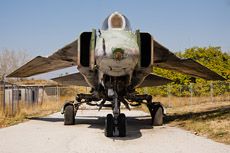
|
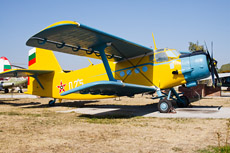
|
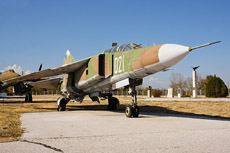
|
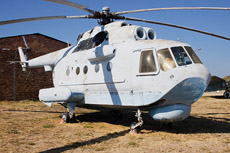
|
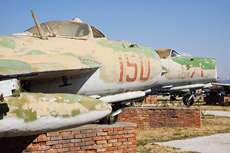
|
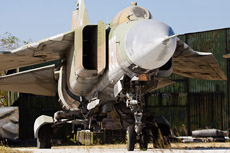
|
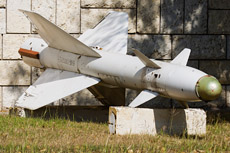
|
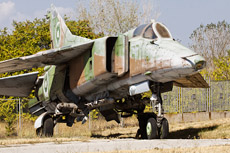
|
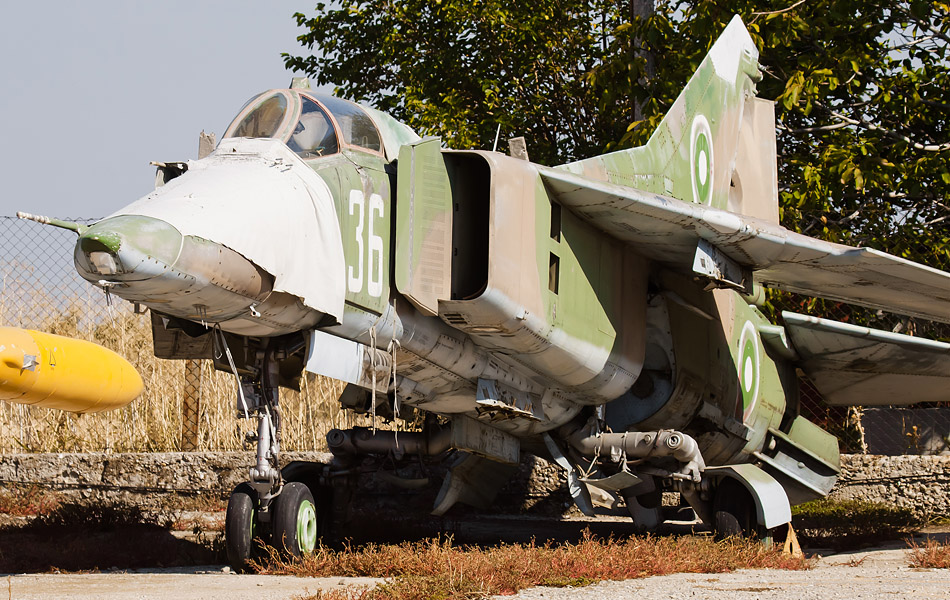
|
wings. The swing wings could be placed in 3 positions, namely under angles of 16, 45 and 72 degrees. This design was
more successful compared to the first draft. The first successful test flight of the 23-11 took place on June 10, 1967.
After this flight 3 prototypes were built for testing various systems of the MiG-23. All these aircraft were equipped
with the Tumansky R-27-300 turbojet engine. Series production of the MiG-23 was started in December 1967. Besides the
McDonnell Douglas F-4 Phantom, the final design of the MiG-23 had also features of the General Dynamics F-111 Aardvark.
The F-111 was designed as a fighter, but it became ultimately a fighter-bomber because of its heavy weight. The Russians
managed despite the weight to keep the MiG-23 able for dogfights; the big aircraft was quite maneuverable. The production
of the MiG-23 took place from 1970 to 1985. In total more than 5,000 MiG-23 aircraft were built by the Soviets. The
aircraft have served at many air forces around the world. At this moment there are 11 countries still flying the MiG-23.
The Bulgarian MiG-23 Floggers were based at 3 different airfields, namely; the 1st Fighter Air Base Dobroslavtsi (1ва
Изтребителна авиобаза Доброславци) to the north of Sofia, the 2nd Fighter Air Base Gabrovnitsa (2ва Изтребителна
авиобаза Габровница) to the north of Montana and the 25th Fighter-Bomber Air Base Cheshnegirovo (25вa изтребително-
бомбардировъчен Авиобаза Чешнегирово) to the east of Plovdiv. The first Bulgarian MiG-23 arrived in 1978 at Dobroslavtsi
where the aircraft became part of the 18-и изтребителен авиополк (18 Fighter Aviation Regiment). This airbase was
together with Gabrovnitsa part of the 1st Fighter Aviation Division. The newly introduced MiG-23 was at this airbase
the replacement of the MiG-17, MiG-19 and MiG-21. The first variant of the MiG-23 which were purchased were of type
MiG-23MF and MiG-23UM. The MiG-23UM is the two-seat trainer version of the MiG-23MF. From 1982, the MiG-23MLA and the
MiG-23UB were introduced. These MiGs were improved variants of the previously delivered MiG-23 variants. The MiG-23UB is
again the two-seat trainer version of the MiG-23MLA. The new variants of the MiG-23 joined the units of the 18FAR at
Gabrovnitsa in that same year. In 1991, the MiG-23MLD was purchased by the Bulgarian Air Force. These aircraft were
added to both MiG-23 airfields Dobroslavtsi and Gabrovnitsa. From 1994 the 18FAR was split in the 1 Fighter Aviation
Squadron (1FAS) at Dobroslavtsi and the 2 FAS on Gabrovnitsa.
The third MiG-23 base of the Bulgarian Air Force was Cheshnegirovo. The B variants of the MiG-23 were based at this
airbase. The M versions of the MiG-23 which are based on the other two airfields are the air defense fighters and the B
variants of the MiG-23 are the ground attack fighters. The 25-Изтребител бомбардировач авиацио- нен полк (25 Fighter-Bomber
Aviation Regiment) (25FBAR) was based at Cheshne- girovo from 1961. The unit flew from 1961 until 1981 with the MiG-15 and
MiG-17. In 1976 Bulgaria received its first MiG-23BN Floggers. The MiG-23UB was stationed at the airbase for training
purposes. The MiG-23BN was the improved version of the MiG-23MLA. This MiG-23 variant was completely adapted to attack
ground targets by customized electronics for the other weapon systems. The Bulgarian Air Force was reformed from 1994
after the fall of the Soviet Union in 1989. The regiments at the various airfields were renumbered. The new designations
of the squadrons at the 3 MiG-23 Flogger airfields were the following; the 1FAS (1 Fighter Aviation Squadron) at
Dobroslavtsi, the 2FAS at Gabrovnitsa and 25FBAS at Cheshne- girovo. In 1998, the MiG-23s from Gabrovnitsa were transferred
to Dobroslavtsi and eventually all MiG-23 airfields were closed in 2002 because of huge cuts in the Bulgarian Air Force.
All MiG-23s were immediately withdrawn from use and this was the end of the MiG-23 era in Bulgaria. In total, the Bulgarian
Air Force had 90 MiG-23 Floggers in service.
|
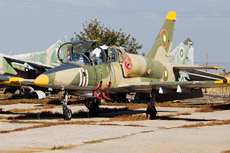
|
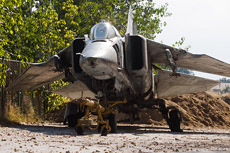
|
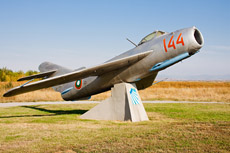
|
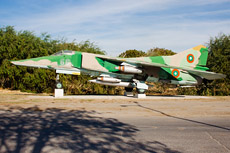
|
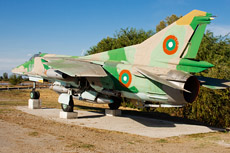
|
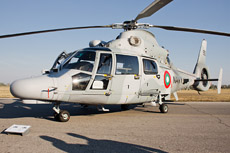
|
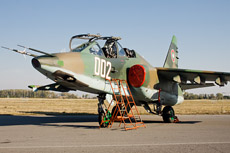
|
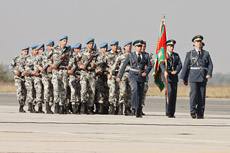
|
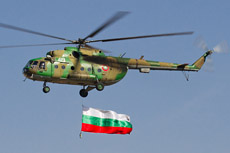
|
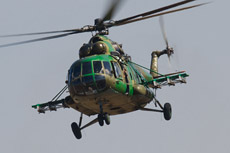
|
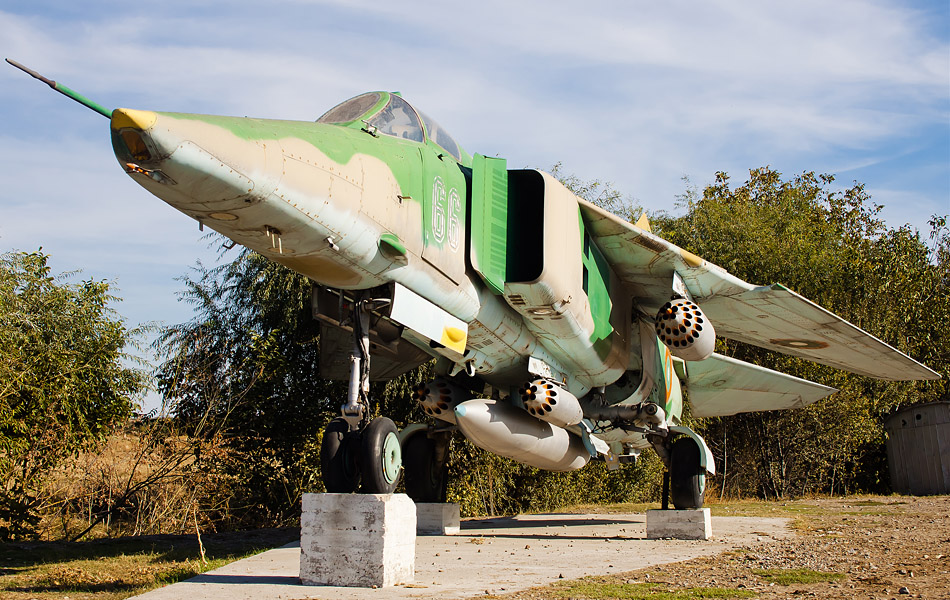
|
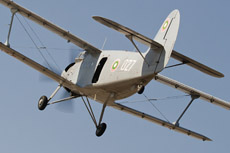
|
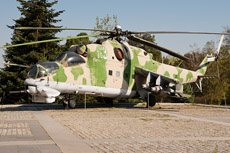
|
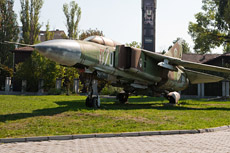
|
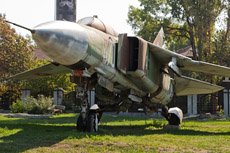
|

|
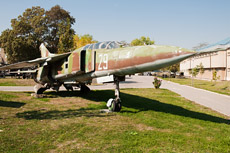
|
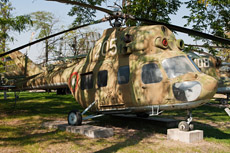
|
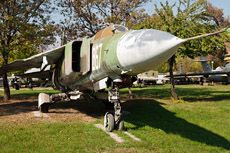
|
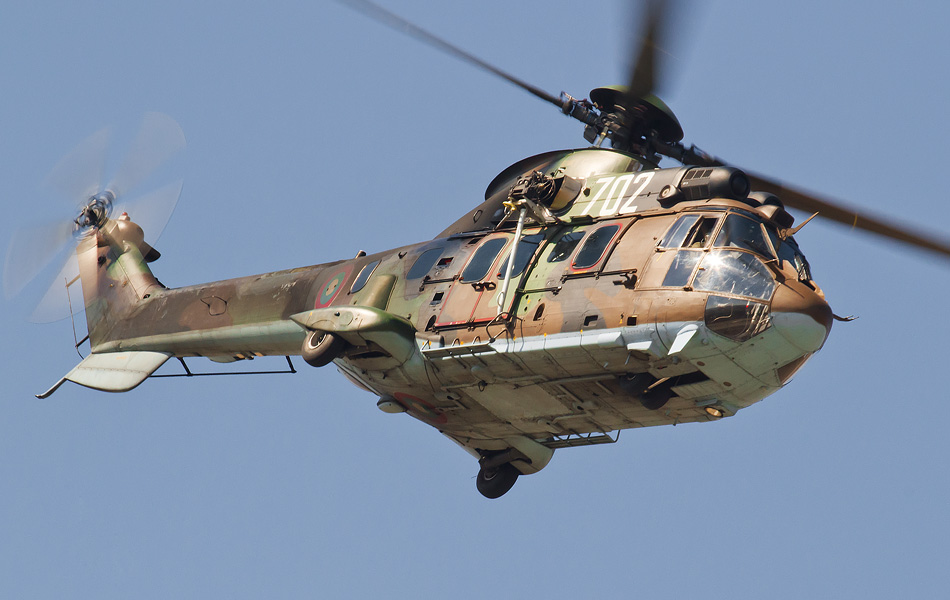
|
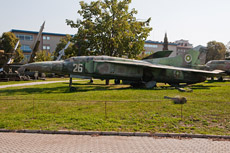
|
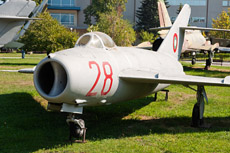
|
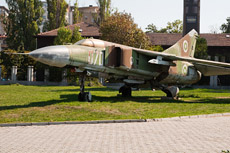
|
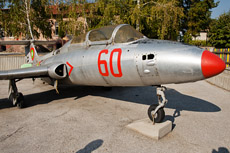
|
|
|

|







